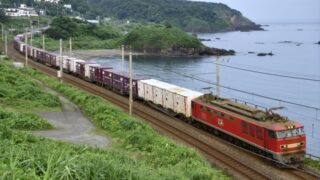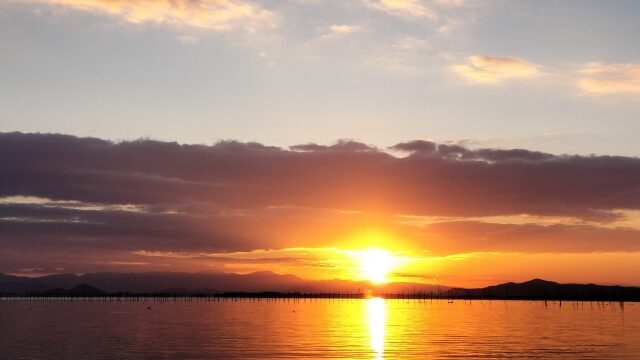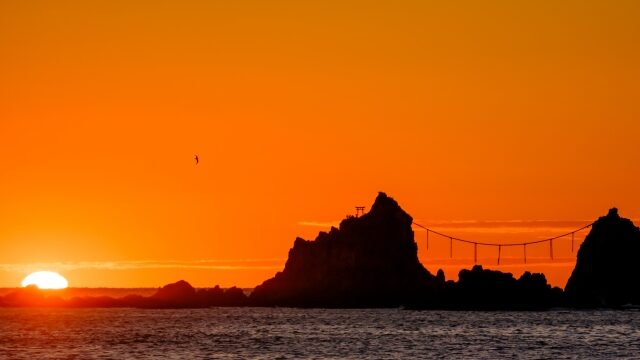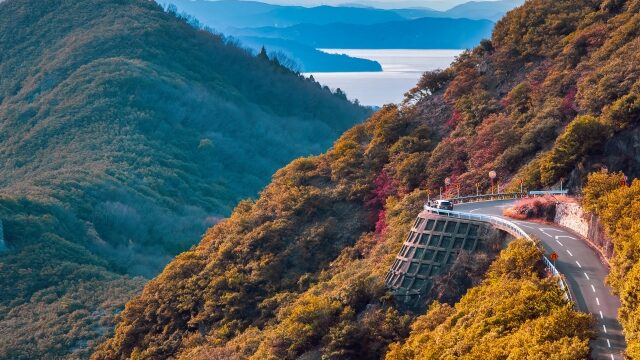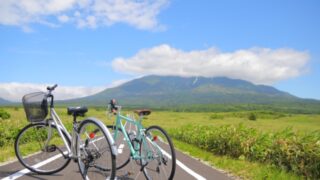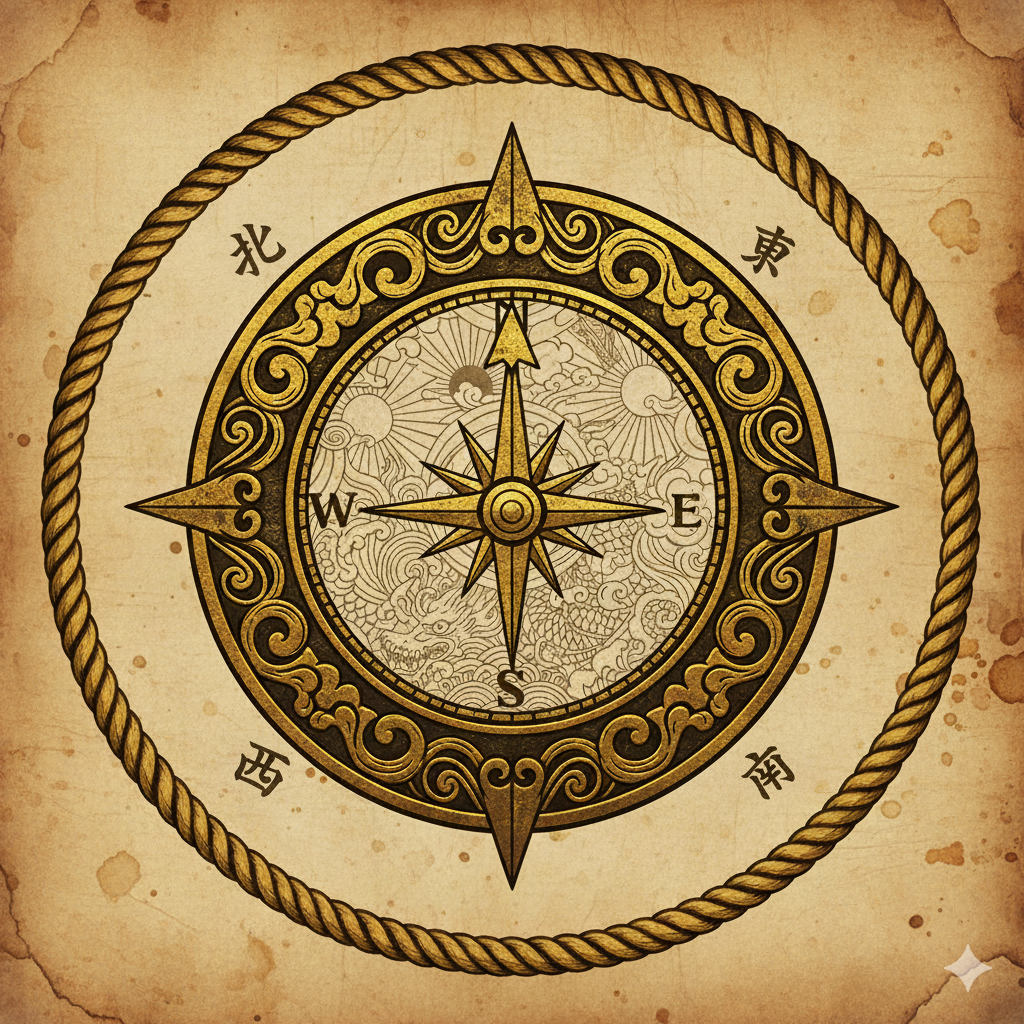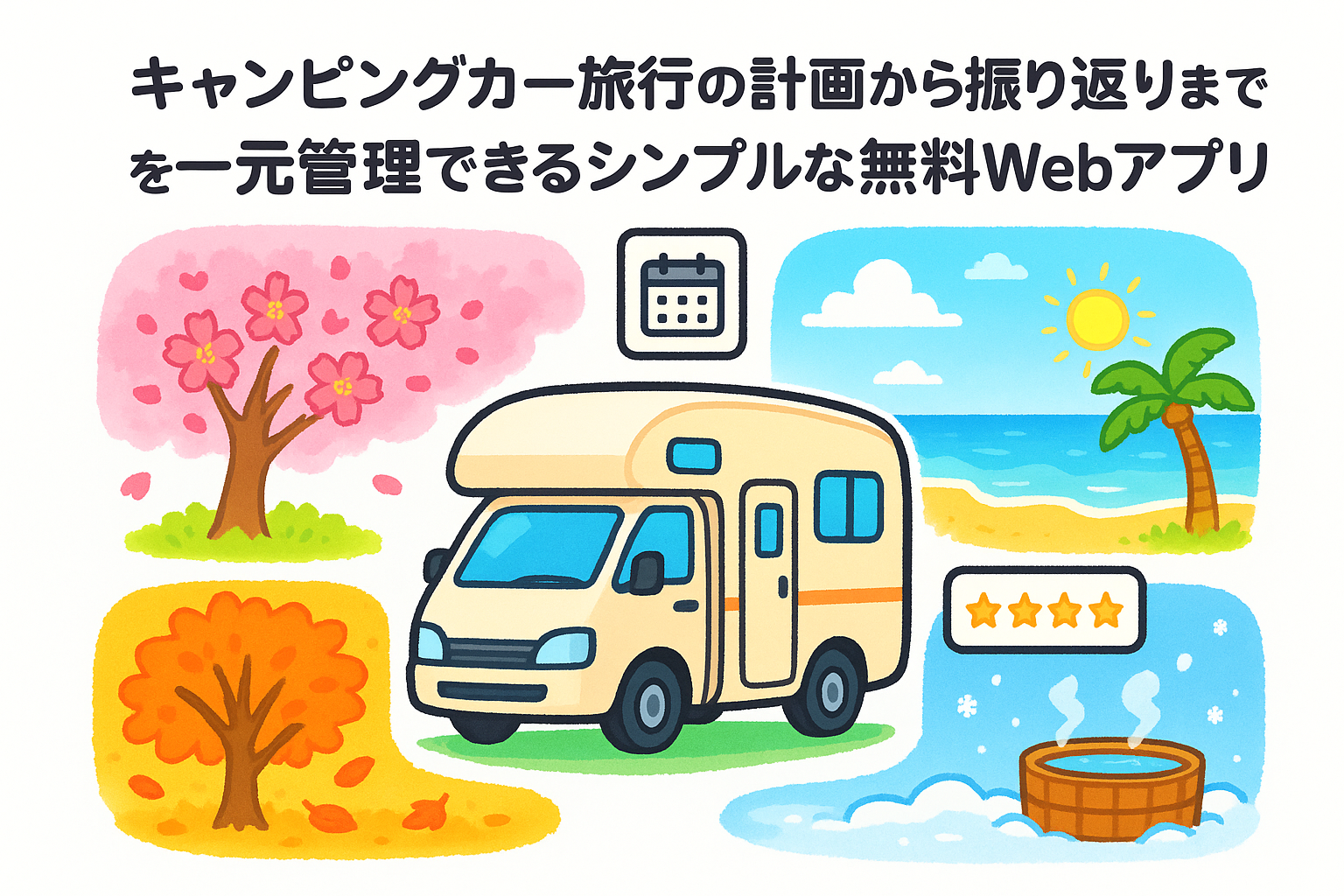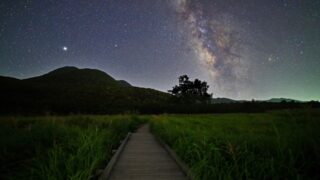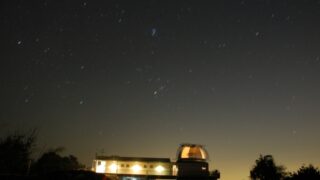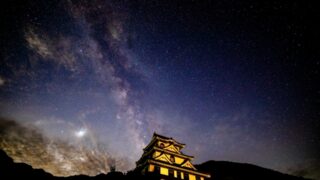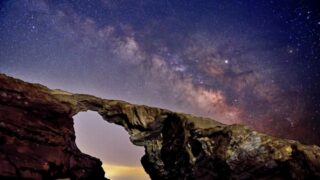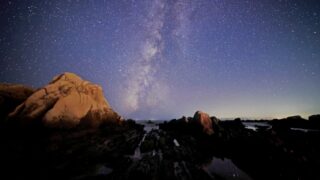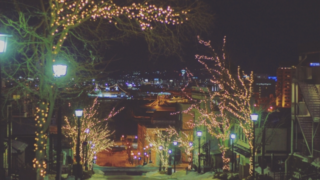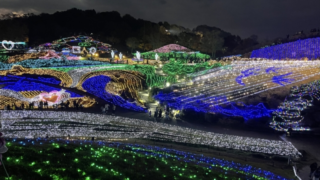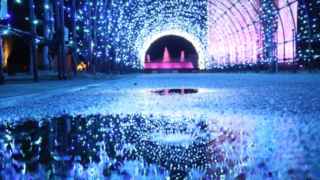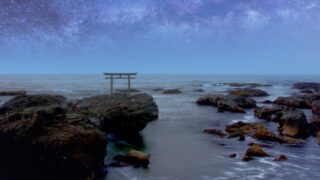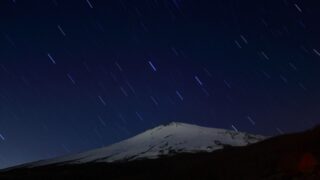Introduction: Camping Cars Open Up “Hokkaido Train Photography Freedom”
――Conquering 6 railway lines to capture the “once-in-a-lifetime moments of land and rails”――
Railway photography trips in Hokkaido are dramatically affected by seasonal and weather timing for perfect shots. Your strongest companion for these “capricious” conditions is a camping car.
- Stay overnight wherever you want and never miss the golden hour at dawn
- Safely store equipment inside the vehicle while charging batteries
- Immediate shelter & rest during bad weather
This mobility truly shines in vast Hokkaido. This column provides a comprehensive guide to 6 railway lines in the prefecture (Muroran Main Line, Kushiro Main Line, Nemuro Main Line, Sōya Main Line, Furano Line, and Dōnan Isaribi Railway), covering shooting spots, nearby attractions, equipment & etiquette from both perspectives.
Essential Equipment & Basic Techniques Before Shooting
1. Muroran Main Line ― Funka Bay and Straight Sections Create a “Canvas of Sea and Sky”
The Muroran Main Line features both the coastline embracing Funka Bay and Japan’s longest straight section at 28.7 km. Evening sun turns the sea surface golden, and with perfect timing, aircraft from New Chitose Airport cross overhead. Set up your camping car and wait until sunset for the dynamic trinity of trains, sea, and sky!
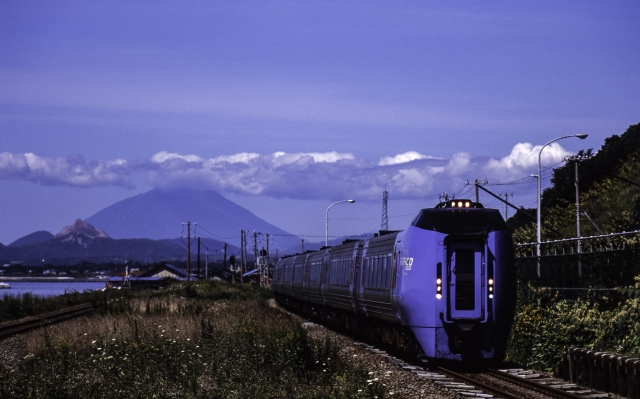
● Ōkishi―Toyoura: Golden Theater of Strange Rocks and Sunset
- Evening peak when western sun reflects off the sea. “Strange rocks and trains perform in silhouette”
- Parking: Toyoura-machi Funka Bay Observatory Park (note winter closure)
- Stop-over: Natural Toyoura Onsen Shiosai for day bathing → dry equipment in vehicle
● Numanohata―Toasa: 28.7km Straight Line “Airways and Railways”
- Use telephoto compression to combine with aircraft or wide-angle for “horizon straight line”
- Parking: Route 234 shoulder pullouts (safety cones essential)
- Stop-over: Utonai Lake Sanctuary for bird watching
● Tōya―Usu: Uchōken Curve
- Uchōken ramen shop as landmark. Capture tilting express S-curves with telephoto
- Parking: Unpaved space next to shooting point. Limited capacity requires sharing
- Refuel: Uchōken miso ramen to restart frozen body
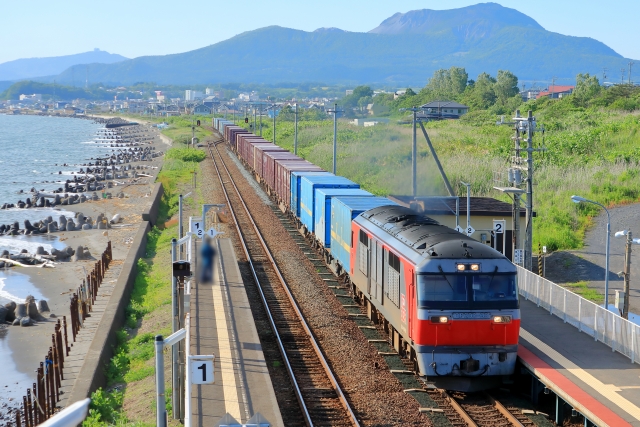
2. Kushiro Main Line (Takikawa―Kushiro) ― “Marshland and Pass” Dual Nature Drama
From inland to Pacific side, rushing through pastures, lakesides, and passes in one go. Super Ōzora kicking up snow, local trains along Kanayama Lake—each train shows different expressions. With a camping car, you can arrive the night before at both mountain foothills and lakesides, aiming for the combo of starry skies and morning mist.
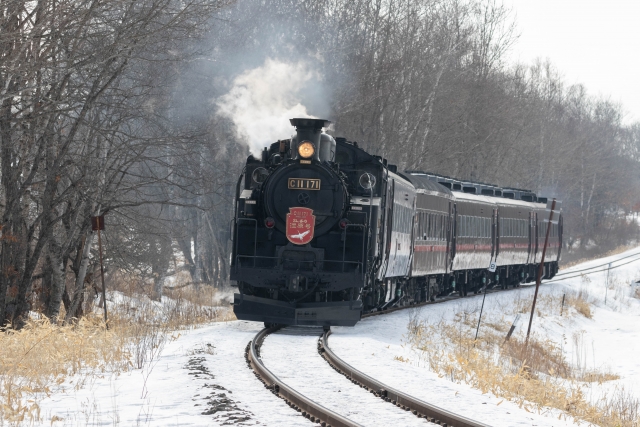
● Memuro Overpass: Sunset and Great Plain Gradation
- Wide-angle composition of 75% sky, 25% earth emphasizes “Hokkaido-ness”
- Stop-over: Tokachi Memuro Roadside Station (specialty corn fried rice for energy)
● Higashishikagoe―Kanayama: Kanayama Lake × Lavender
- Purple in summer, brocade in autumn. High-speed burst before lake surface reflections waver in the breeze
- Camping: Kanayama Lakeside Campground. Challenge mystical shots of morning mist + trains
● Shintoku―Tomamu: Karikachi Pass Ω Curve
- Drone altitude limit 120m strict compliance & brown bear vigilance. Winter approach with snowshoes
- Roadside Station Minami Furano for Dutch oven lunch → return trip shooting after energy recovery
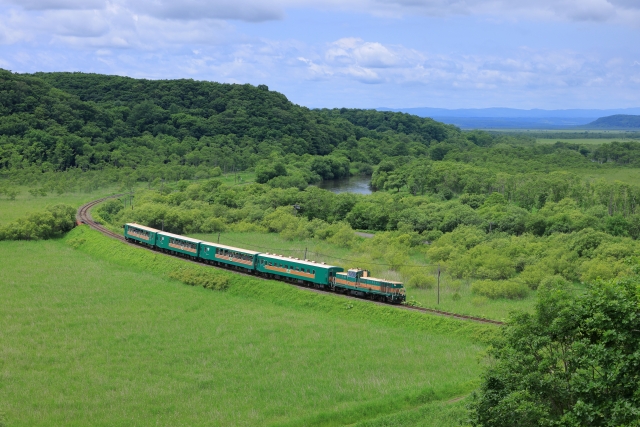
3. Nemuro Main Line (Including Hanasaki Line Section) ― Marshland and Ocean, Plus “Endangered Railway”
Typhoon damage, deficit discussions… the Nemuro Main Line stands on the brink of survival. That’s exactly why we want to capture the spreading marshlands and straight rails now. Between Bettōga and Ochishi, Ramsar Convention wetlands spread, and with luck, red-crowned cranes might enter the frame. Arrive before dawn with your camping car and wait according to wildlife rhythms.
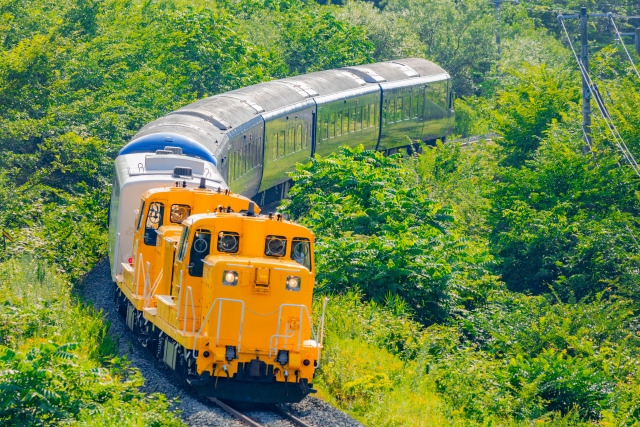
● Bettōga Hills: Pacific Overview and “Hanasaki Curve”
- 300mm for train focus, 100mm for relaxed composition of sea and pastures
- Stop-over: Fūren Lake boardwalk, Nemuro escalope lunch
● Memuro―Mikage: Western Sun Drama Again
- Upbound trains and sunset in silhouette. After shooting, head to Obihiro’s moor hot springs by camping car
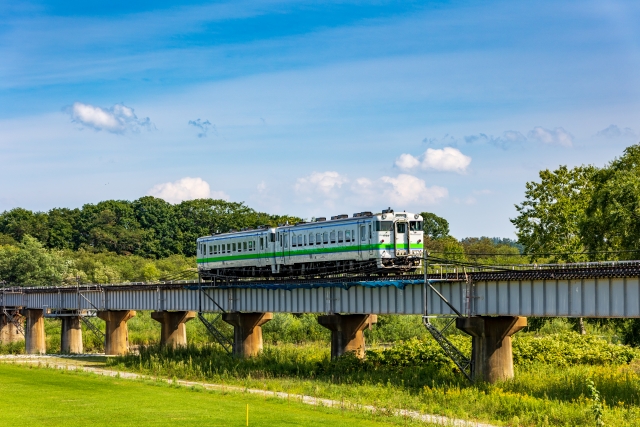
4. Sōya Main Line ― Battling Snow at “Japan’s Northernmost Point”
The furthest route to Wakkanai. Winter brings a -20°C world where powder snow dances and diesel exhaust cuts through the silence. With a camping car equipped with interior heating & FF heater, you’re free from equipment condensation and battery cooling at night.
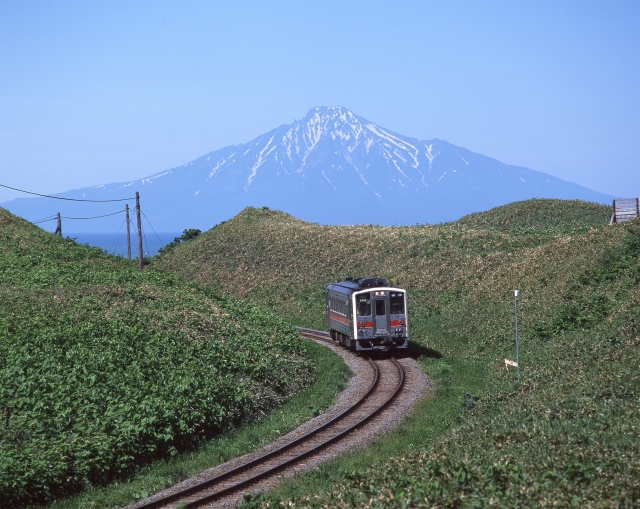
● Chihoku: Unmanned Station × Snow Walls
- Early morning blue moment train light trails with long exposure. Lens heater essential for sub-zero conditions
- Stop-over: Shibetsu “Shepherd’s House” lamb chop breakfast
● Shiokari Pass: National Highway Overview
- Backlit all day. Winter high-key snow spray for “monochrome-like” expression also ◎
- Parking: Town road gravel space. Watch for large vehicle traffic and position for immediate movement
● Higashike Bridge: Straight Line Compression
- Afternoon front-light emphasizes KiHa 40 side lighting. Use both wide and telephoto from crossing
- Hot spring: Nayoro Sunpillar. Observe crystal snow flowers
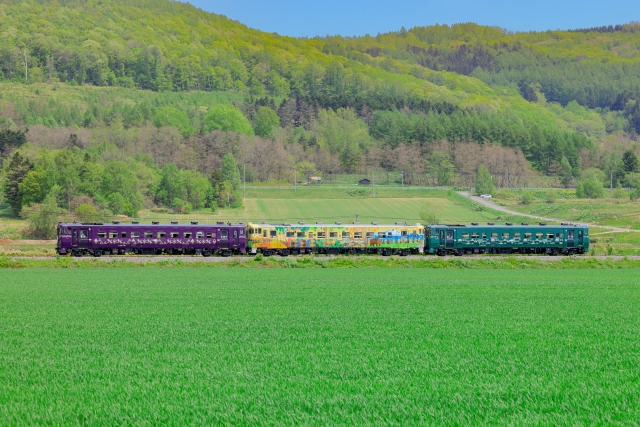
5. Furano Line ― Lavender-Scented Hills and “Norokko Train”
Biei’s patchwork fields, Furano’s purple carpet. Single-car trains winding through hills like picture book illustrations. With a camping car, just park roadside and open the door for your shooting spot—comfortable evening sunset waiting.
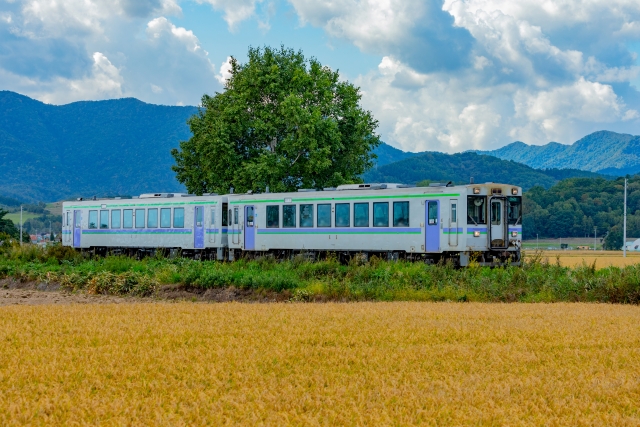
● Biei―Bibaushi: Red-Roofed House × Sunset
- 85mm from Shin-ei Hill Observatory for “house + train + Tokachi Mountains” triple composition
- Stop-over: Biei Senka corn bread (early morning sales)
● Lavender Field Station: Purple Carpet and Norokko Train
- Mid-July limited. Step ladder must be positioned not to fall toward train direction
- Parking: Farm Tomita temporary parking (early morning entry recommended during peak season)
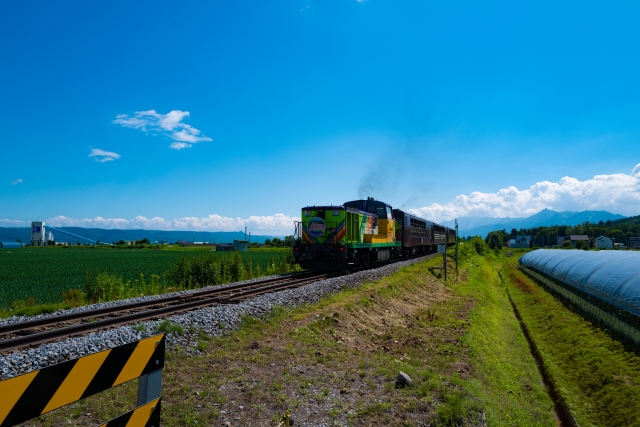
6. Dōnan Isaribi Railway ― Hakodate Bay “Slow Life Line”
A small third-sector railway puttering along the coastline with Mount Hakodate in distant view. The nice point is being able to carefully compose shots while the sightseeing train “Nagamare-gō” stops. Combine with Hakodate night view photography as a base for enjoying the “railway, food, and cityscape” triple satisfaction.
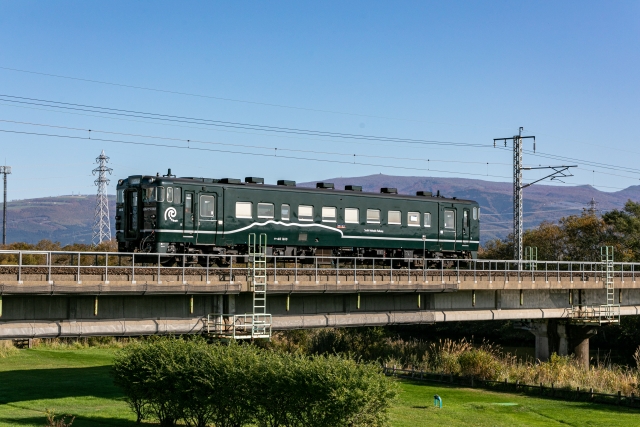
● Yabukorai Signal Station: Mount Hakodate Backdrop
- Silhouette composite of “Yabukorai monks” and trains. Hold out until blue hour after sunset
- Stop-over: Kamiso squid grilling street, fresh flying squid for evening drinks
● Moheji “Hokutosei Square”: Preserved Passenger Cars
- Afternoon front-light makes blue car body shine. Try starscape composites on starry nights
- Overnight: Hokutosei passenger car accommodation (reservation required, winter closure) or Roadside Station Nanairo Nanae
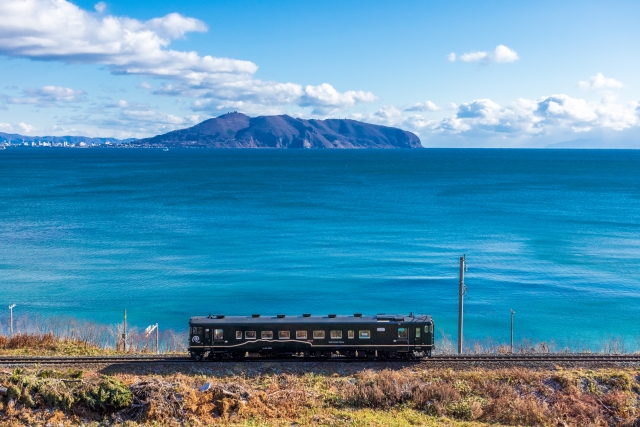
Camping Car × Hokkaido Train Photography Practical Tips
- Night driving: watch for deer & foxes: Under 60 km/h & use high beams.
- Even summer high latitudes drop below 10°C mornings/evenings: Blanket + FF heater standby prevents equipment condensation.
- Car inverter for laptop & SSD backup. Same-day RAW selection → SNS posting for real-time sharing.
- Portable toilet installation for worry-free long waits at “remote stations.”
- Folding electric bike or bicycle makes the last 1 km from parking to shooting point comfortable.
Conclusion: Respecting Land and Rails, Capturing Moments for the Future
Hokkaido’s railways change moment by moment with natural expressions, and some sections are destined to disappear due to disasters or management decisions.
Travel combining camping cars and cameras is a sustainable photography style embodying the trinity of “never missing favorite moments,” “minimizing regional impact,” and “protecting personal safety.”
By clicking the shutter with respect for etiquette and gratitude to local communities, photographs transcend mere landscape records to become “testimony conveying railway culture and natural environment to the future.”
So then——warm your engine, fill your portable power stations.
Capture the momentary drama that Hokkaido’s great land reveals in your viewfinder.
